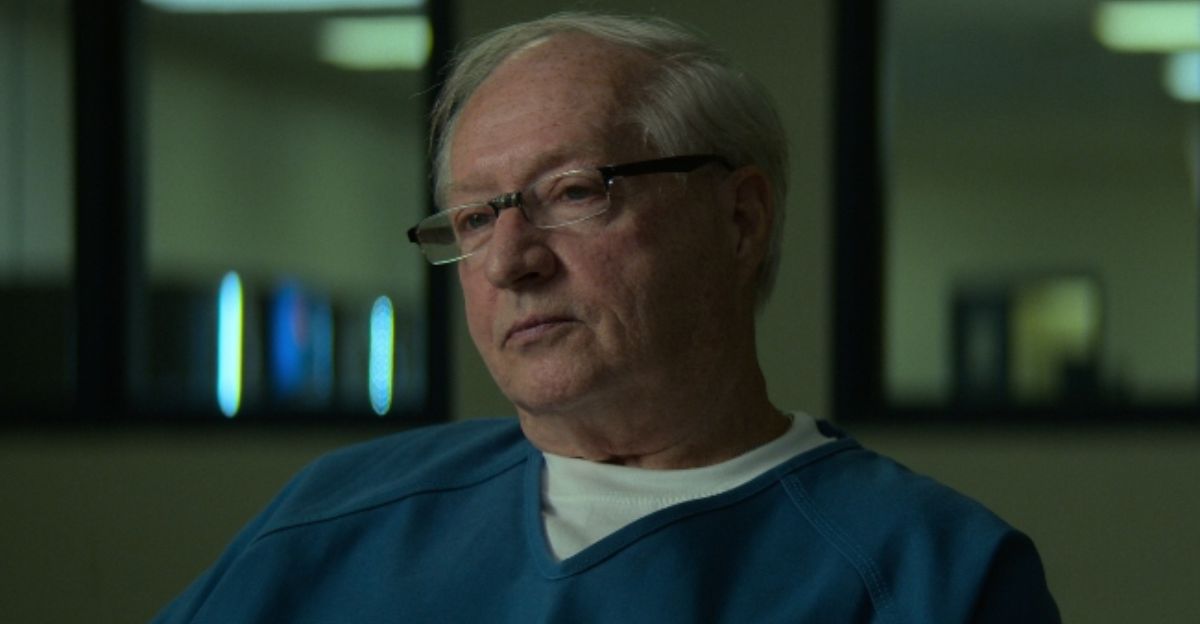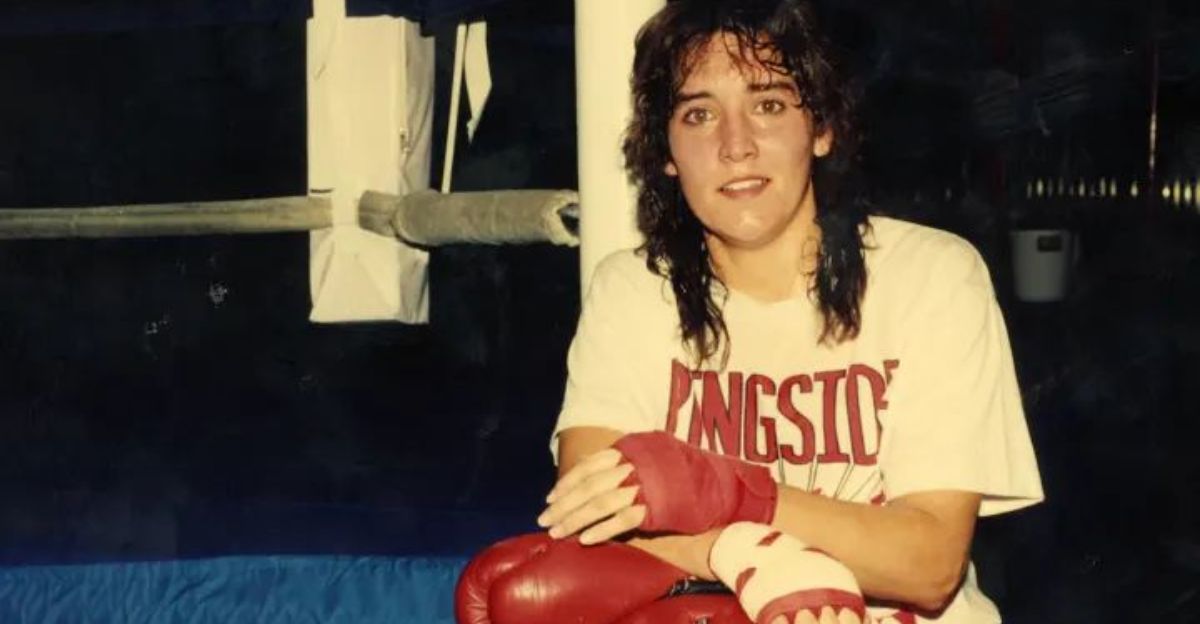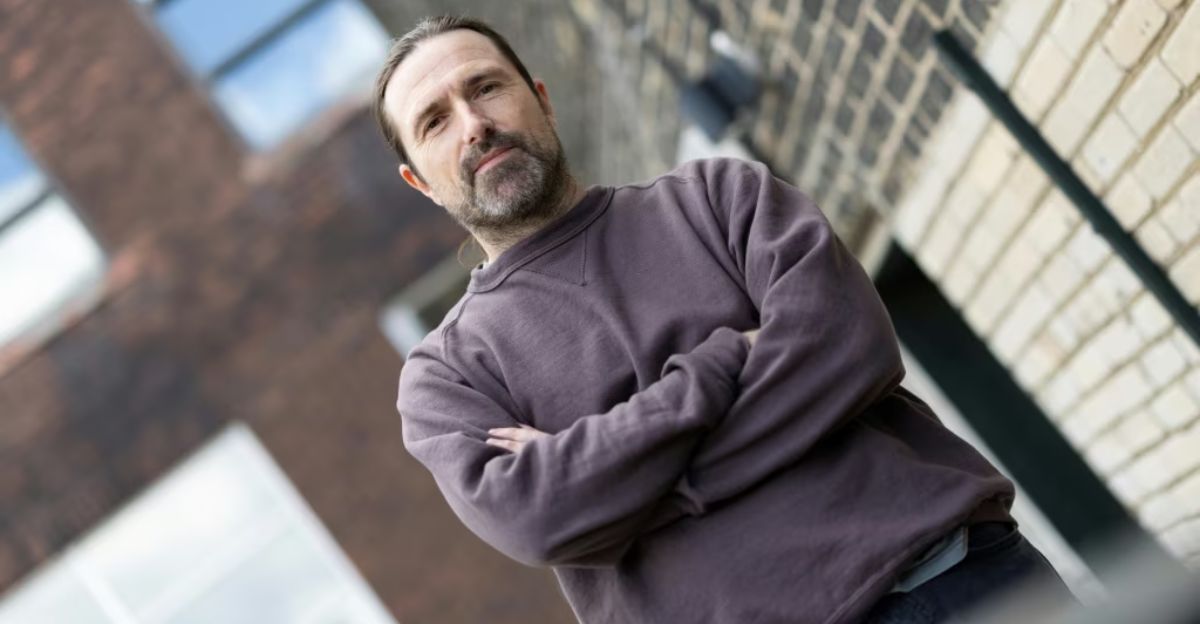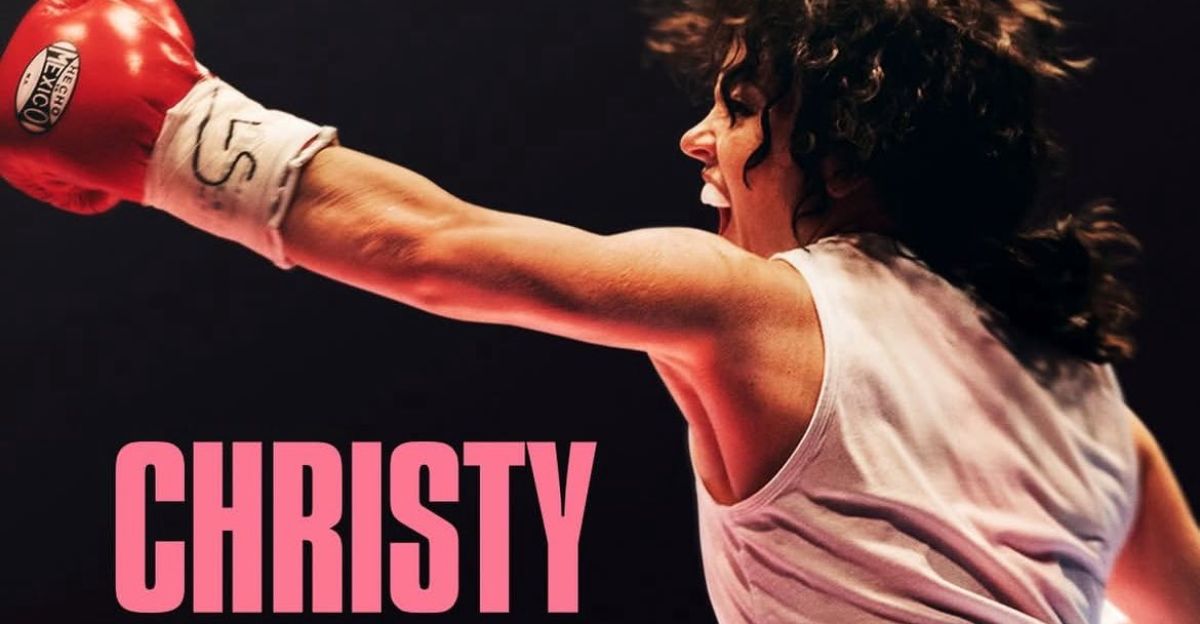
November 23, 2010, Apopka, Florida. Christy Martin—American boxing legend, the first woman featured on a major pay-per-view undercard—sat on her bed lacing her running shoes when her 66-year-old husband walked in carrying two weapons: a buck knife and her own pink 9mm handgun. What happened next was a battle Jim Martin believed he would win.
What followed was a trial prosecutors would call the greatest courtroom drama of their careers. And what emerged was the real 50th fight of Christy’s life—one Hollywood made a film about, then forgot to sell.
One Hour. Two Weapons. One Unstoppable Boxer

Jim Martin struck with the knife first, stabbing Christy repeatedly across her chest, her left leg sliced nearly to the bone. She begged him to call 911. Instead, he removed the battery from her cell phone and disconnected all the phones in the house. When he raised the pink 9mm and fired, the bullet lodged three inches from her heart. For an hour, as Jim showered to wash away evidence, Christy lay bleeding on the bedroom floor, certain she was dying.
Something inside her refused the narrative he’d written. She gathered the gun and car keys, stumbled outside, and flagged down a passing stranger who raced her to the emergency room. She lived.
From Triumph to Tragedy

Christy Martin’s rise to the boxing ring began in 1989 in a small West Virginia gymnasium, where her raw talent quickly impressed trainer James Martin, a man 25 years her senior. It was her breakthrough match against Deirdre Gogarty in 1996 on the undercard of a Mike Tyson fight that brought unprecedented visibility to women’s boxing, reaching millions of viewers and making her the first female boxer featured on a major pay-per-view event.
Yet outside the ring, James controlled her finances, career, and identity, threatening to destroy her if she ever left. When Christy finally reconnected with her high school girlfriend, Sherry Lusk, in 2010, it triggered the violence Jim had threatened for two decades.
Survival Against Odds That Should Have Killed Her

Surgeons at the trauma center operated through the night. Four deep stab wounds across her chest. Left lung punctured. The left leg required dozens of stitches. A bullet lodged inches from her heart that doctors postponed removing until she was stronger. She survived what was meant to obliterate her.
Jim Martin was arrested seven days later, hiding in a neighbor’s shed, still carrying the knife, and convicted in 2012 of attempted second-degree murder, receiving a mandatory 25-year sentence. At trial, a prosecutor framed the courtroom as a boxing ring: Christy was the fighter, Jim was the opponent, the jury was the audience, and the judge was the referee.
Sydney Sweeney Takes On an Impossible Role

Director David Michôd—the acclaimed filmmaker behind Animal Kingdom and The King—cast Euphoria’s Sydney Sweeney as Christy Martin and made an unusual production choice: he filmed the brutal stabbing scene first. By processing Christy’s trauma immediately, the crew could work through the emotional weight before every other scene.
Sweeney disappeared into the role so completely that critics struggled to recognize her. She transformed not just her accent and hair, but her entire physical presence, becoming a professional boxer through months of training.
The Critics Loved Her. The Audience Didn’t Show Up.

Christy premiered at the Toronto International Film Festival in September 2025, where Sydney Sweeney’s powerhouse performance drew widespread praise from critics and audiences alike. Reviewers called Sweeney “Oscar-worthy,” “transformative,” and a genuine knockout.
The New York Post described her as “a knockout,” IndieWire noted she “disappears into the role,” and Scott Mantz called it “an Oscar-worthy knockout performance” for a “gripping film”. Yet, this critical momentum could not avert a box office catastrophe that shocked industry observers.
The Box Office Collapse Heard ‘Round Hollywood

Christy opened on November 7, 2025, across 2,011 North American theaters to just $1.3 million—one of the worst wide-release debuts in theatrical history. Per-theater average: $649, an industry horror story. Extrapolated to roughly 87,000 tickets sold opening weekend, theaters averaged just 43 ticket sales per location.
The $15 million Black Bear Pictures production—the distributor’s first theatrical gamble—recovered barely 8.7% of its budget on opening weekend. Industry analysts projected a theatrical loss exceeding $13.7 million, a catastrophe that raises brutal questions about stardom, prestige drama, and the modern box office.
Why Do Boxing Biopics Die at the Theater

Paradoxically, audiences love boxing films. Million Dollar Baby won Best Picture. Rocky is beloved. The Fighter was a success both critically and commercially. Yet true-life boxing stories appear to be box office poison. The Fire Inside, starring Ryan Destiny as Olympic champion Claressa Shields, opened to $1.96 million and peaked at just $8 million domestically.
Meg Ryan’s Against the Ropes (2004) also flopped, contributing to her temporary retreat from Hollywood. Industry analysis suggests that audiences resist authentic boxing narratives because they often showcase trauma, class struggle, and systemic failure—the antithesis of escapism.
The 2025 Festival Darling Extinction Event

Christy represents a catastrophic trend accelerating in 2025: prestige films designed for critical acclaim and awards consideration are now box office poison. Die My Love (starring Jennifer Lawrence and Robert Pattinson), Springsteen: Deliver Me From Nowhere, and The Smashing Machine all crashed theatrically despite receiving acclaim.
Critical praise now predicts commercial failure rather than success. Marketing departments face an impossible paradox: films crafted for awards voters alienate mainstream audiences.
Black Bear Pictures’ Baptism by Fire

This was Black Bear Pictures’ first theatrical release venture—a $15 million bet placed on Sydney Sweeney’s dramatic range and Christy Martin’s extraordinary story. The distributor, known for prestige production rather than wide theatrical distribution, has already begun pivoting toward streaming partnerships.
Industry observers wonder whether the company will retreat entirely from theatrical releases, abandoning the expensive, high-risk theatrical model. A per-theater average of $649 makes theatrical economics mathematically untenable.
Sydney Sweeney’s Response: ‘We Make Art for Impact’

Facing the box office disaster, Sweeney issued a lengthy Instagram statement that reframed defeat as victory through impact. “We don’t always just make art for numbers, we make it for impact,” she wrote. “Christy has been the most impactful project of my life. If this gave even one woman the courage to take her first step toward safety, then we will have succeeded.”
The statement positioned the film’s cultural mission above financial metrics, suggesting that art’s true value transcends box office receipts.
The Paradox of Impact Without Eyeballs

Yet Sweeney’s defense exposes a fundamental tension: a film about domestic violence awareness can only inspire audiences who purchase tickets. Approximately 87,000 Americans saw Christy on its opening weekend—roughly one in 3,800 citizens.
Can a film designed to give abuse survivors courage reach the masses who need it most if almost nobody sees it? The question haunts Christy’s legacy: profound artistic intention meeting commercial indifference.
Star Power Is Officially Dead

Sweeney’s Euphoria success, her role in The White Lotus, and her popular performance in Anyone But You (2023) should guarantee box office draw. Instead, Christy proves that A-list celebrity status no longer translates to theatrical attendance. Audiences are increasingly relying on algorithms, peer recommendations, and social media—not actor recognition—for their entertainment choices.
Franchises, blockbusters, horror, and animation continue to move the needle; however, prestige dramas featuring recognizable stars now face systematic resistance.
The Actual Christy Martin’s Hope for Her Story

In interviews before the film’s release, Christy Martin explained her motivation for approving the adaptation. “I wanted it to be an underdog story, reaching domestic violence survivors and reaching parents whose children are coming to them saying they’re gay,” she told AARP. “I wanted to reach people who are not exactly fitting into what the family thinks they should be.”
The real Christy, who survived Jim’s attempt to murder her and now advocates for domestic violence victims after marrying Lisa Holewyne in 2017, connected her personal trauma to universal themes.
What Went Wrong: A Studio Perspective

Black Bear Pictures distributed Christy through a limited theatrical strategy that aimed to drive word-of-mouth with critical acclaim. The studio didn’t anticipate—or perhaps underestimated—the systematic decline in box office performance affecting prestige dramas in 2025.
No amount of star power, critical praise, or cultural relevance could overcome audience resistance to films about domestic abuse, trauma, and survival. Prestige drama has become a theatrical genre almost nobody willingly pays to experience anymore.
Streaming Redemption Remains Possible

Similar boxing dramas rejected theatrically have found audiences on streaming platforms. The Fire Inside, which failed at the box office in December 2024, has recently become a Top 5 hit on Prime Video, suggesting that prestige biopics can discover their audiences after theatrical runs. Christy will likely follow a similar trajectory, abandoning theatrical circulation within weeks and arriving on streaming platforms where audiences of prestige dramas congregate.
Paradoxically, Sydney Sweeney’s “most impactful project” may finally reach an impactful audience through on-demand viewing rather than darkened theaters.
Sydney Sweeney’s Next Test: Christmas 2025

Her next film, the Paul Feig-directed psychological thriller The Housemaid, is set to arrive by Christmas 2025. Whether Sweeney’s theatrical viability survives Christy’s catastrophe remains uncertain. The thriller genre offers better box office prospects than prestige dramas, but audiences have learned to resist even recognizable stars in films that ask for emotional investment.
For Sweeney, Christmas 2025 becomes a make-or-break moment: proof that her star power survived Christy’s implosion, or confirmation that the era of theatrical stardom is permanently over.
The Unresolved Tragedy

Sydney Sweeney’s Christy remains cinema’s central 2025 crisis: beautifully crafted, critically acclaimed, narratively powerful films about survival and resilience cannot convince audiences to purchase tickets. Sweeney’s defense—that impact matters more than box office—carries artistic truth yet reveals an uncomfortable reality: art designed to inspire courage in abuse survivors can only inspire those who witness it.
Christy Martin survived a husband’s attempt to murder her by refusing to accept his narrative; her film’s narrative was written by audience indifference, a defeat even she couldn’t fight back from.


